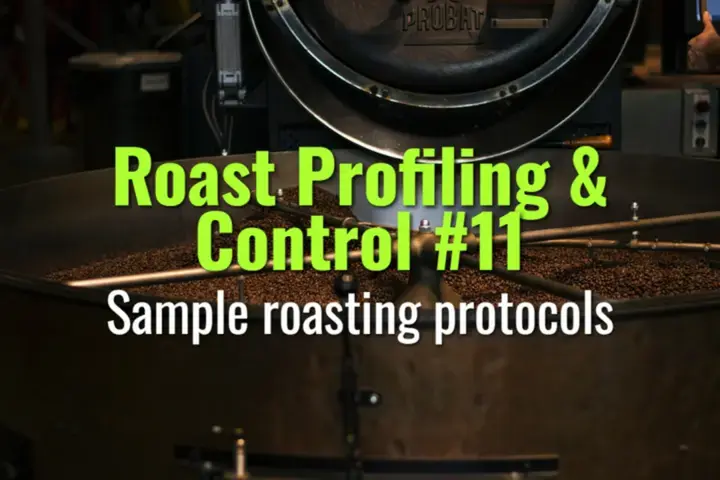Sample roasting protocols
This topic explains how to systematically roast small sample batches to evaluate beans before full-scale production.
- Coffee Basics Nerds
- 1 min read

Key Concepts
-
Purpose of Sample Roasting:
-
Test new green coffee lots without committing large volumes.
-
Evaluate flavor potential, defects, and roast behavior.
-
Optimize profile adjustments for the full batch.
-
Sample Batch Size:
-
Typically 50–200 g, depending on roaster capability.
-
Enough to conduct cupping while keeping material usage minimal.
-
Profile Design for Samples:
-
Mirror full-batch profiles proportionally (time, RoR, development %).
-
Consider quicker response due to smaller mass and higher surface-area-to-volume ratio.
-
Pay attention to first crack timing and DTR (Development Time Ratio).
-
Cupping and Evaluation:
-
Record cupping notes immediately after roasting.
-
Compare different sample profiles side by side to identify optimal roast.
-
Note color, aroma, acidity, body, and sweetness as key indicators.
-
Documentation:
-
Maintain detailed logs including roast curve, environmental conditions, and sensory observations.
-
Use data to refine profiles for larger batches.
Summary
Sample roasting protocols allow precise evaluation of beans, helping roasters determine the best profile before scaling up. Accurate documentation and careful control of small-batch roasts ensure repeatability and high-quality results in full-scale production.